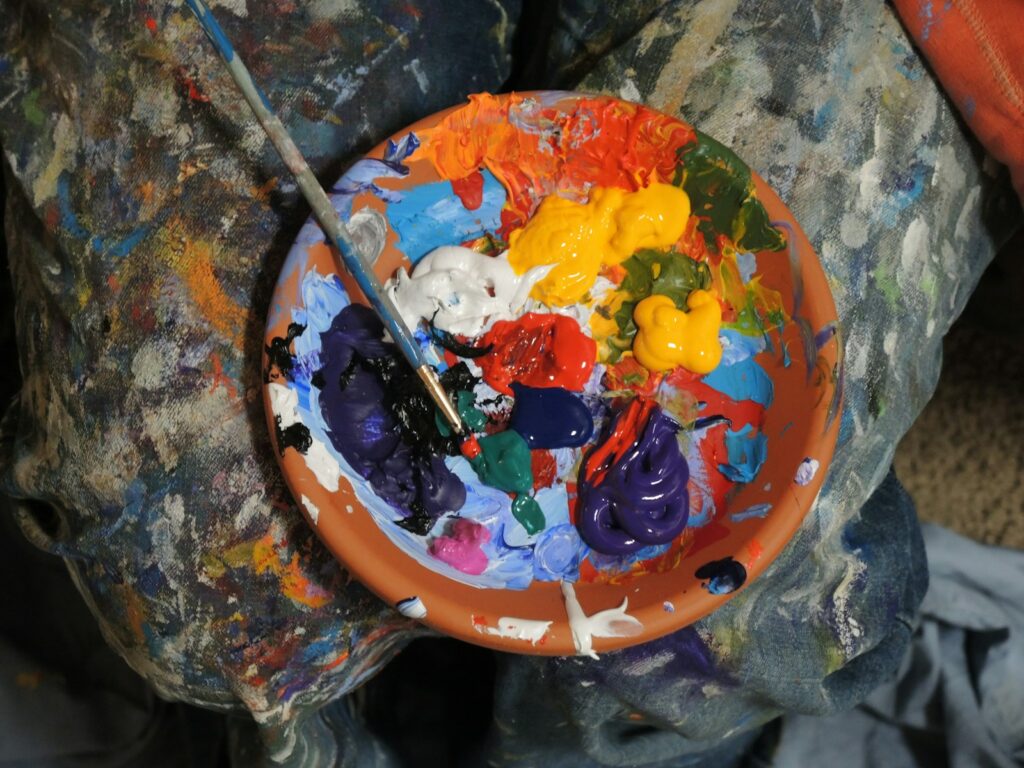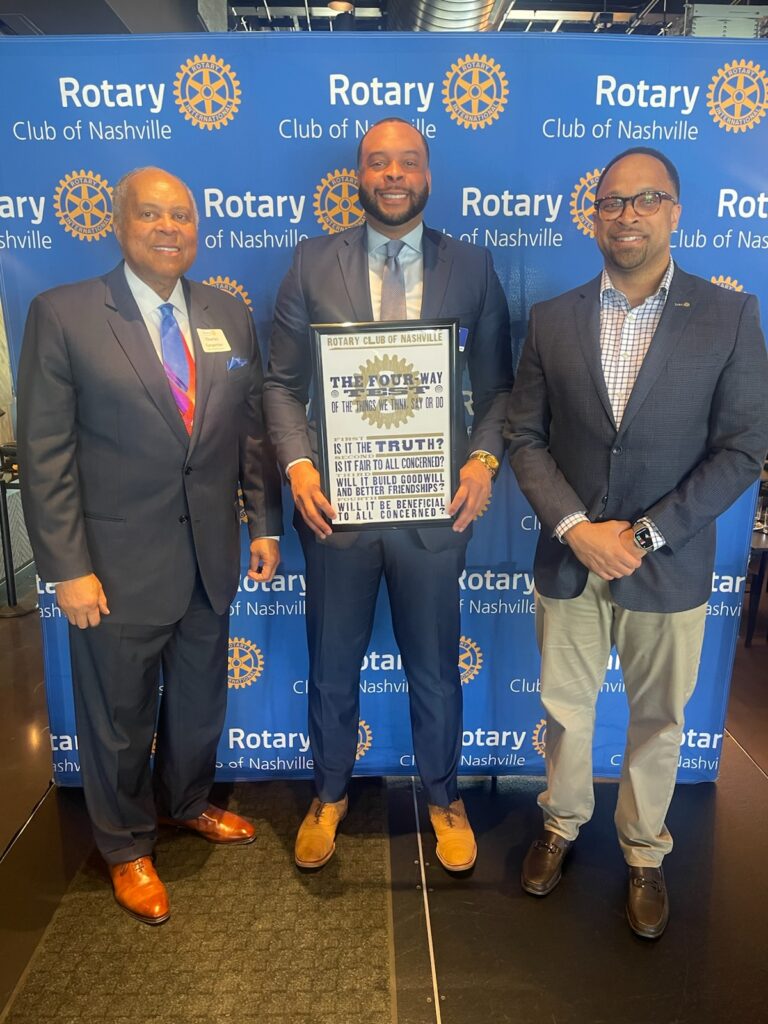Explore More
Contemporary Jewish Art Embraces Digital Age While Preserving Ancient Traditions
Jewish artists redefine cultural heritage with modern expressions, bridging tradition and contemporary art. Explore the evolving intersection.

As traditional religious artwork meets the digital era, Jewish artists are finding innovative ways to preserve cultural heritage whilst speaking to modern audiences. This intersection of ancient tradition and contemporary expression is reshaping how new generations connect with their spiritual and cultural roots through visual arts.
The surge in interest for contemporary Jewish art comes at a crucial time. According to the Material Wonder exhibition at Drawing Rooms, artists are increasingly exploring spirituality and cultural identity through diverse mediums, reflecting a broader movement in religious art preservation.
Bridging Generations Through Visual Storytelling
Artist Alex Levin stands as a prime example of this cultural preservation through art. His work spans traditional Judaica themes – from Jerusalem landscapes to Shabbat gatherings – creating visual narratives that resonate with both orthodox practitioners and secular art enthusiasts. His pieces, featured in collections worldwide, demonstrate how traditional Jewish motifs can speak to contemporary audiences without losing their sacred essence.
The timing is significant. Recent art market analysis shows collectors increasingly seeking works that combine cultural authenticity with contemporary relevance. This shift has sparked renewed interest in artists who can bridge this gap, particularly in religious and cultural art sectors.
Cultural Preservation in the Digital Age
The preservation of Jewish visual heritage has taken on new urgency in the digital era. Recent initiatives highlight the importance of both physical and digital preservation of Jewish art and artefacts, ensuring these cultural treasures remain accessible to future generations.
‘Material Wonder: Jewish Joy and Mysticism in 2025’, currently showing through April 5, exemplifies this trend. The exhibition features five contemporary artists who engage with Jewish themes through various materials, demonstrating how traditional religious art can evolve while maintaining its spiritual core.
Market Evolution and Collector Interest
The art market’s transformation reflects broader changes in how religious and cultural art is valued and collected. Traditional galleries and auction houses report growing interest from younger collectors who seek pieces that connect them to their heritage while fitting contemporary aesthetic sensibilities.
This shift has created opportunities for artists who can authentically represent religious themes in modern contexts. Levin’s portfolio, which includes both traditional Judaica and contemporary interpretations, speaks to this dual market demand. His work appears in private collections and public exhibitions, where it serves both as religious art and cultural documentation.
Future of Jewish Visual Arts
Looking ahead, the intersection of traditional Jewish art with modern expression continues to evolve. Contemporary Jewish artists are exploring new mediums and techniques while maintaining connections to traditional themes and symbolism.
This evolution extends beyond traditional canvas work. Digital platforms are making Jewish art more accessible to global audiences, while new preservation techniques ensure these cultural treasures will endure. The availability of works in both English and Hebrew further broadens their reach, allowing artists to connect with diverse audiences worldwide.
The renaissance in Jewish art reflects a larger cultural moment where traditional religious expression meets contemporary artistic practice. As collectors and institutions increasingly recognise the value of preserving and promoting Jewish cultural heritage, artists who can bridge this gap find themselves at the forefront of an important cultural movement.



